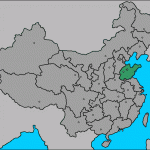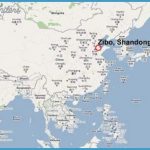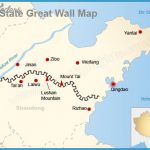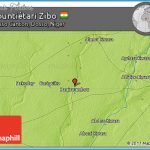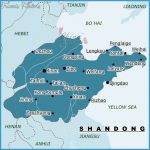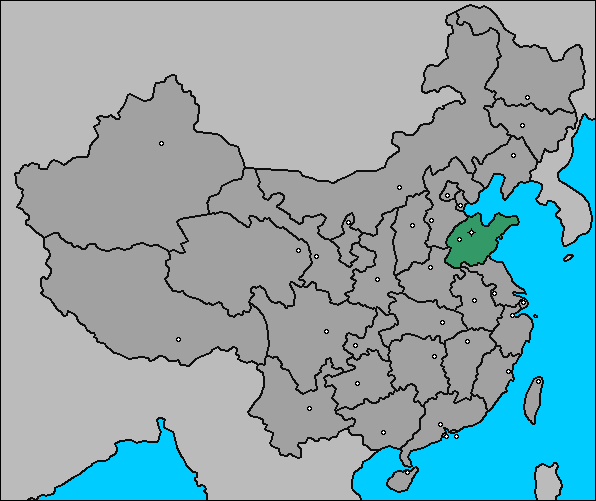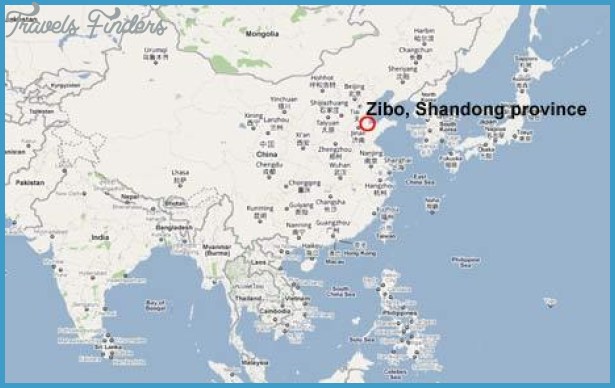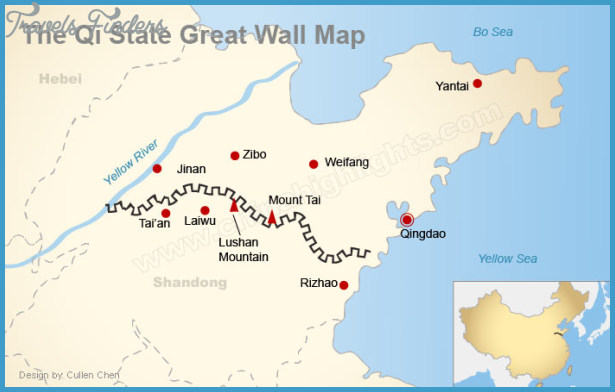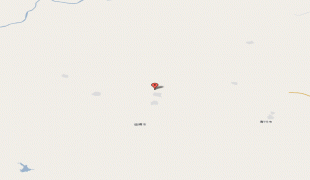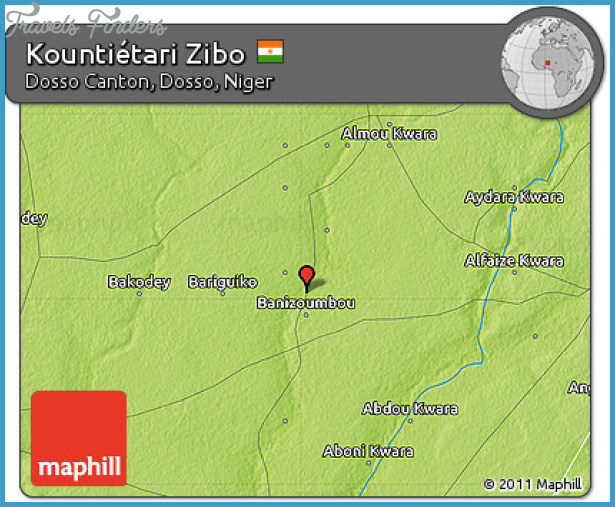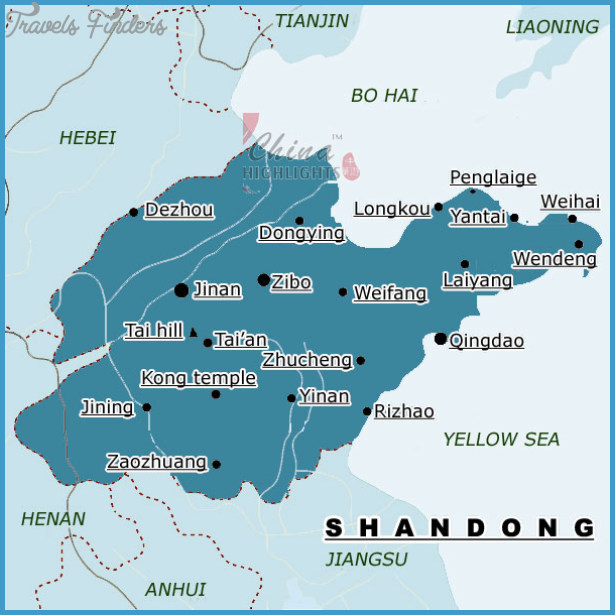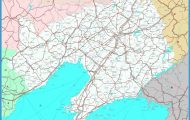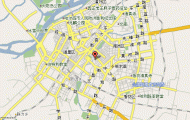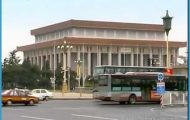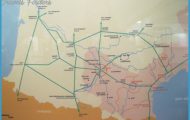Province: Shandong
Area: 3436sq.km/1327sq. miles. Population: 2,700,000
Zibo lies in the centre of Shandong province, at 118°03’E and 36°45’N. There are trains and buses from Jinan, which is 100km/62 miles away.
From the 8th c. b.c. onwards Zibo was the capital ofthe Qi empire for 630 years. It also became well-known for its traditional ceramics and lacquered works of art. Green glass was first developed in Zibo some 1500 years ago. Under the Tang (618-907) black glazed porcelain from Zibo was a “best seller”. In the Song period (960-1279) the local makers of China invented a new technique – they coated the earthenware with a brownish layer of glaze displaying tear-shaped runs. After a long period of decline Zibo’s hand-made porcelain enjoyed a revival in the mid-1900s and today it is China’s major producer of ceramics.
Large numbers of tombs are to be found in the countryside around Zibo, including the Tomb of the Two Kings (Erwang Zong), in which the two Dukes of Qi, Huan (reigned 685-643 B.C.) and Jinggong (reigned 547-490 b.c.), are interred, as well as the Tomb of Guan Zhong (d. 645 b.c.), one of the founders of Legalism. A 30sq.km/11’/2sq. mile area of the remains of the Qi capital in the Linzi district, north-west of Zibo, has been excavated. Founded 2900 years ago, the city was surrounded by a defensive wall 14,158m/15,570yd (9 miles) long with thirteen gates linked one with the other by made-up roads. The city possessed a perfect sewerage system which also took away the waste water from the bronze and iron-smelting furnaces. In the course ofthe digs archaeologists also discovered coin mints and workshops in which tools were produced from bones. Some of the finds can be seen in the Archaeological Museum in Zibo’s Old Town.
In the Zichuan district near Zibo stands the house in which Pu Songling (1640-1715) wrote the well-known collection of tales entitled “Curious Stories from the Liao Studio” (“Liaozhai Zhiyi”). He lived here until he was 30, and returned to his native town when he was 71. An exhibition hall provides information on the writer’s life and work.
Airports The People’s Republic has just under a hundred civil airports. International China’s major international airport is Beijing’s Capital Airport. Besides all the usual facilities this also has an information desk where foreign visitors can enquire about hotels, etc.
Shanghai’s Hongquiao Airport is another hub of international traffic. Domestic A number of the airports which handle domestic flights are listed under airlines.
The People’s Republic of China links up with the world’s air travel network out of Beijing and Shanghai through the routes flown by its national airline Air China, or CAAC, the China Aviation Administration of China as it’s also known, Shanghai Airlines and many other international airlines (see Getting to China).
Flights out of Beijing also connect with the major cities in China.
Air China, also known as CAAC (Civil Airline Administration of China) and founded in 1988, is the principal carrier ofthe People’s Republic and flies the main domestic routes as well as the international ones (see Getting to China). There are various smaller regional airlines as well which also serve short-haul destinations in neighbouring countries.
Air China’s overseas offices include those in Australia (Melbourne, Sydney), Canada (Toronto, Vancouver), the United Kingdom (London) and the United States (Los Angeles, San Francisco, New York).

